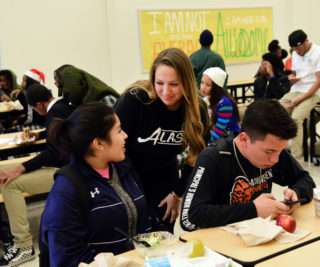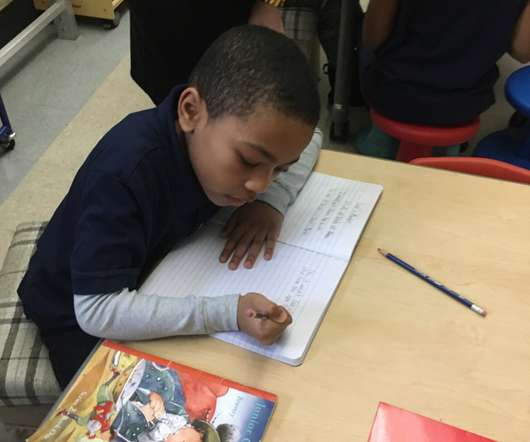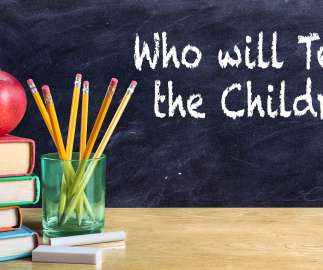Momentum builds behind a way to lower the cost of college: A degree in three years
The Hechinger Report
APRIL 15, 2022
The once-steady flow of international students to the United States increased every year from 2005 until 2019 , when anti-immigration sentiment, tension with China and other problems began to chip away at the numbers. Related: Colleges’ new solution to enrollment declines: Reducing the number of dropouts.















Let's personalize your content